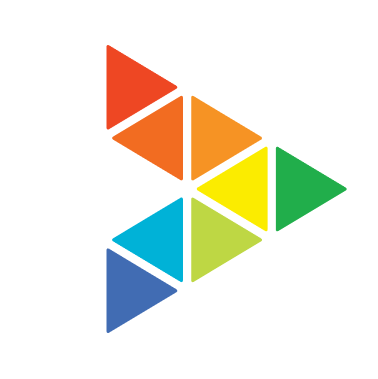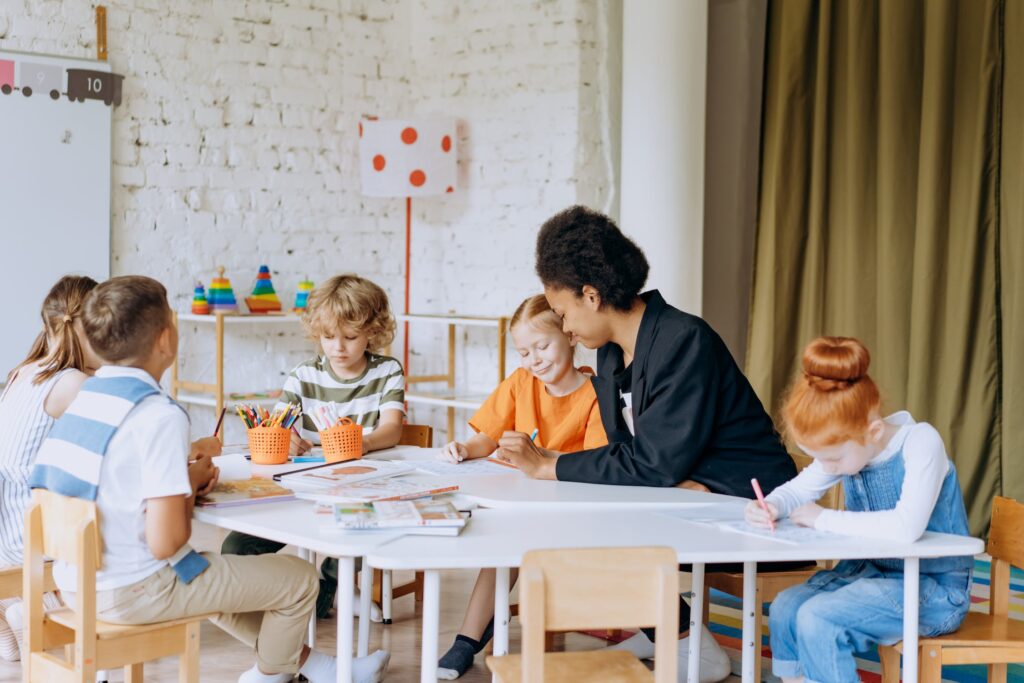Here’s How ChatGPT Thinks You Should Use ChatGPT in Schools
| by Moreland University
It is no secret- ChatGPT and artificial intelligence have taken the world by storm. The rate at which this technology-driven world is evolving is at rapid speed.
Just when we thought the world of instantaneous satisfaction could not get more, well, instant: enter ChatGPT- an automated self-service chatbot designed to provide insights utilizing artificial intelligence. This chatbot sources its data from textbooks, websites, and articles to provide its users with answers to the world’s questions right at their fingertips. Since its launch just a few months ago ChatGPT is currently servicing 13 million users per day. Many of these users are teachers and students alike.
Using ChatGPT and other AI chatbots for education.
The world of teaching and education is buzzing: What does an AI chatbot mean for educators and students? How do we maintain academic integrity while also leveraging new technology in meaningful ways and ensuring that students are prepared will the skillsets and experiences that new tech offers?
Well, we asked the chatbot “How can ChatGPT be used in schools?” Here is how ChatGPT responded to our question.
- Personalized Learning: ChatGPT can be used to create personalized learning experiences for students, where the AI (Artificial Intelligence) can tailor the content and pace of the material based on the student’s needs and abilities. This can be especially helpful for students who are struggling in certain areas or who are advanced and need more challenging material.
- Homework and Test Assistance: ChatGPT can also be used to help students with homework or studying for tests. They can ask questions and get instant responses, and the AI can provide resources and additional information to help them understand the material.
- Virtual Tutors: ChatGPT can act as a virtual tutor, providing students with one-on-one attention and personalized instruction. The AI can track the student’s progress and provide feedback, helping them to improve their skills and understanding of the material.
- Classroom Engagement: ChatGPT can also be used to increase classroom engagement and participation. For example, teachers can use the technology to create interactive quizzes and polls, where students can respond and receive instant feedback.
ChatGPT also noted some potential risks associated with this technology, such as the need for proper training and data privacy concerns. In other words, viewer discretion is advised.
Impact of AI on education.
The response from ChatGPT aligns with what we’ve heard from educators. In classrooms, the impact of AI is already being felt. We recently spoke with Moreland University Professional Development Officer, Joseph A. Pearson, to gather insights on the roles of AI in the classroom. And specifically, how instructors at Moreland University can incorporate AI into Moreland University’s TEACH-NOW teacher preparation program and master programs.
“New innovations in technology help us to improve our workflow and, within the context of education, enhance our ability to facilitate student learning, growth, and achievement. Artificial intelligence (AI) is a tool that, in its many forms, does the same: Educators can use AI tools including image generators and chatbots (i.e., ChatGPT) as part of their teaching toolkit to promote student creativity, problem solving, critical thinking, and even collaboration. The presence of AI in the classroom has many educators concerned about the future role of teachers and the novel need to police student work for AI plagiarism. AI is not a threat to education; rather, it is an opportunity.”
To learn more about the impact of AI on education, watch our webinar on the implications of artificial intelligence in k-12 classrooms.
About the Author Madison M.
Madison is a part of the content creation team at Moreland University. She has several years of experience writing and creating meaningful content. In her free time, she enjoys writing, painting, and anything that lets her get creative and add color to the world.




